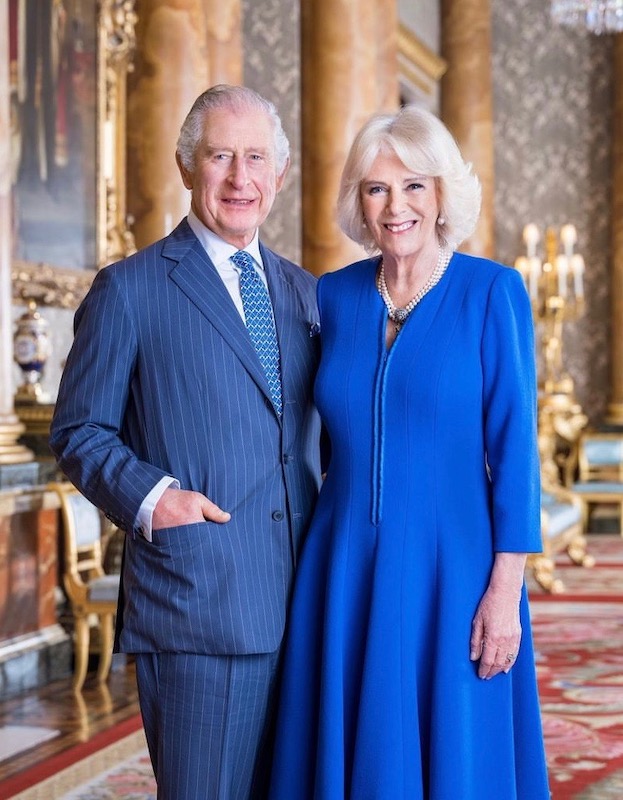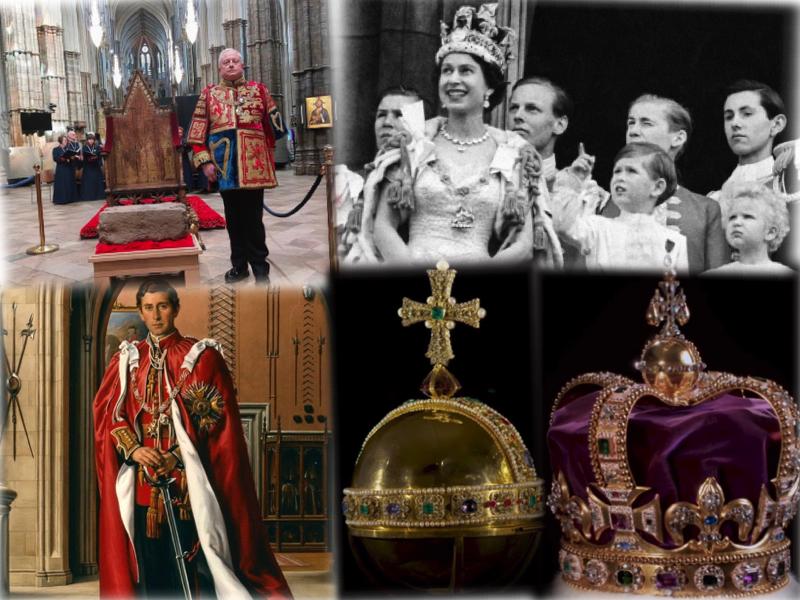I’m taking a look at the most life-shaping moments of King Charles III, as we approach his upcoming coronation. From his attendance at the remote Gordonstoun school in the 60s to becoming the 21st Prince of Wales on 1st July 1969, and later his training to become a jet pilot in the Royal Navy in 1971, King Charles’ life has been closely monitored by the press and royalists. However, it was his wedding to Diana on 29th July 1981, watched by 750 million people globally, that remains one of the most anticipated weddings in royal history.

In September 2022, the world mourned the death of Queen Elizabeth II, and Charles immediately became the 62nd monarch crowned in British history, King Charles III. Now, the King’s Coronation is set to take place on 6 May, where we will see the official crowning of the King and his wife, Queen Consort. The Coronation is a dignified religious service that dates back thousands of years, and this year there will be some alterations to represent different faiths, cultures, and communities across the United Kingdom. It is an incredible opportunity to witness new traditions being formed.
The coronation will be held at Westminster Abbey, where William the Conqueror was the first monarch to be crowned. During the ceremony, the Archbishop of Canterbury will place St Edward’s Crown, a solid gold crown dating back to 1661 and weighing 2.23kg, on King Charles’ head. This is the centrepiece of the Crown Jewels at the Tower of London and is only worn by the monarch at the moment of coronation itself. The government pays for the coronation, and the guest list is ultimately decided by them.
The ceremony will include music, readings, and the ritual of anointing the new monarch with oils of orange, roses, cinnamon, musk, and ambergris. King Charles will take the coronation oath in front of the watching world and receive the orb and sceptre as symbols of his new role. The coronation is a state occasion and a momentous event in British history, regardless of whether you are a Royalist or not. It is an excellent opportunity to come together with family and friends to witness a historic event.
St Edward’s Crown

St Edward’s Crown is one of the most iconic and important symbols of the British monarchy. It is the centrepiece of the Crown Jewels of the United Kingdom and has been used to crown English and British monarchs since the 13th century. Named after Saint Edward the Confessor, the original crown was a holy relic kept at Westminster Abbey, Edward’s burial place, until it was either sold or melted down during the English Civil War in the 17th century.
The current St Edward’s Crown was made for Charles II in 1661, after the restoration of the monarchy following the end of the English Civil War. It is a stunning piece of craft skills, made of solid gold and standing 30 centimetres (12 in) tall, with a weight of 2.23 kilograms (4.9 lb). The crown is decorated with 444 precious and semi-precious stones, including amethysts, topazes, garnets, tourmalines, sapphires, and rubies. The arches of the crown are Baroque in style, and a diamond-set cross pattée sits atop a sphere at their intersection.
Despite its importance and beauty, the current St Edward’s Crown was not used to crown any monarch for over 200 years after 1689. It was considered too heavy and uncomfortable to wear for the extended period required for a coronation ceremony. However, the tradition was revived by George V in 1911, and the crown has been used in every coronation ceremony since then, including that of Queen Elizabeth II in 1953.
One interesting fact about St Edward’s Crown is that it is so valuable – it’s worth an estimated 46 million pounds – that it is rarely used in public. Instead, a replica is used for most ceremonial occasions, while the original is kept securely in the Tower of London, where it is normally on public display in the Jewel House. The crown is also occasionally loaned for special exhibitions, such as the Diamond Jubilee exhibition at Buckingham Palace in 2012, which celebrated the 60th anniversary of Queen Elizabeth II’s reign.
Another fascinating aspect of St Edward’s Crown is its use in the coat of arms and other insignia of Commonwealth realms. When Queen Elizabeth II ascended to the throne in 1952, she opted for a stylised image of the crown to be used in place of a more realistic depiction. This image is now used as a symbol of the monarch’s royal authority throughout the Commonwealth.
Related content

Monica Costa founded London Mums in September 2006 after her son Diego’s birth together with a group of mothers who felt the need of meeting up regularly to share the challenges and joys of motherhood in metropolitan and multicultural London. London Mums is the FREE and independent peer support group for mums and mumpreneurs based in London https://www.londonmumsmagazine.com and you can connect on Twitter @londonmums


